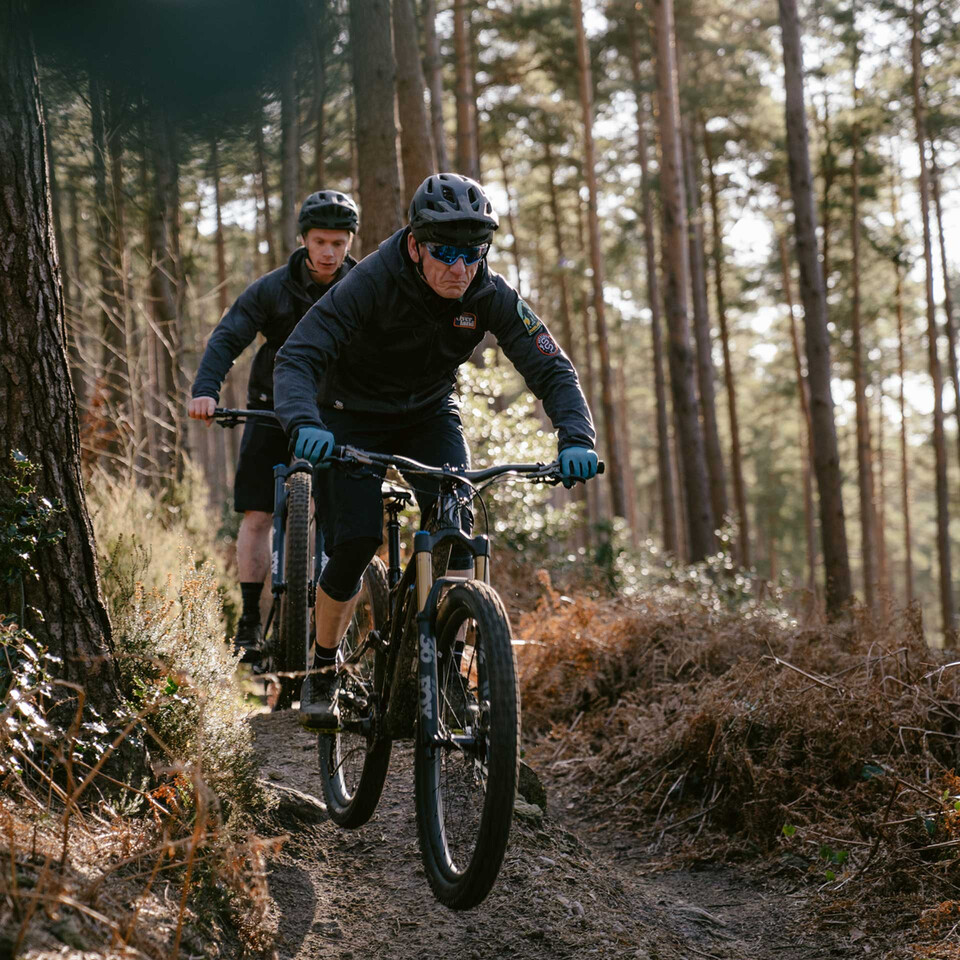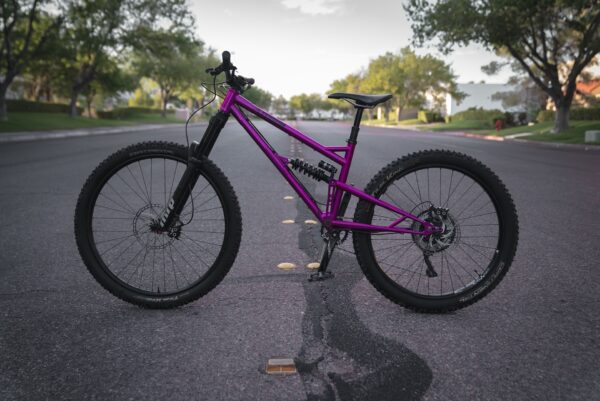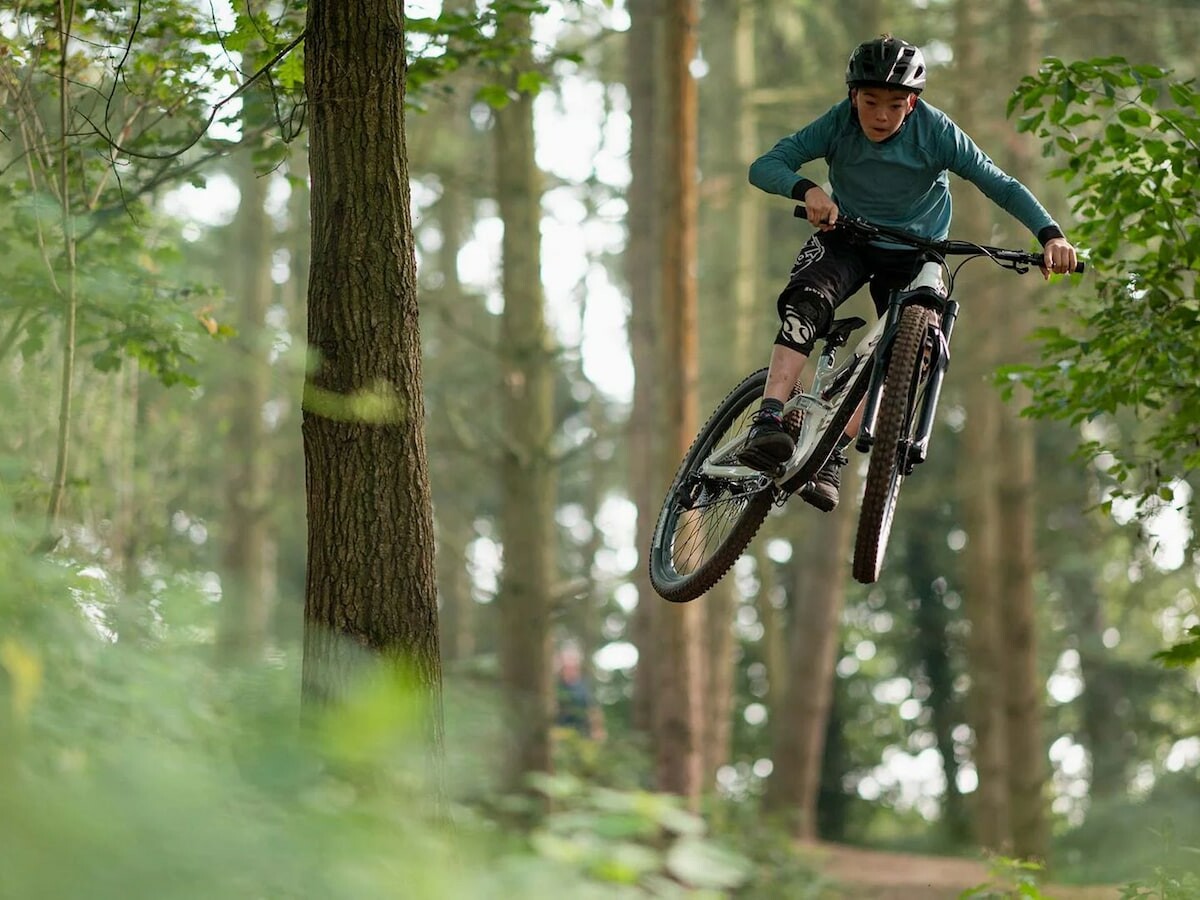What Makes a Trail Bike Unstoppable?
Full suspension trail bikes have become the go-to choice for many mountain bikers, and for good reason. By incorporating a rear shock and fork, these bikes provide unparalleled control, comfort, and overall riding experience. Unlike hardtail bikes, which rely solely on the fork for suspension, full suspension trail bikes absorb shock and vibrations from both the front and rear wheels, resulting in a smoother ride and increased confidence on the trails. This innovative design allows riders to tackle technical terrain with ease, making full suspension trail bikes an essential tool for any serious mountain biker. Whether you’re a seasoned pro or just starting out, a full suspension trail bike can help you take your riding to the next level.
How to Choose the Perfect Full Suspension Trail Bike for Your Riding Style
Selecting the right full suspension trail bike can be a daunting task, especially with the numerous options available in the market. However, by considering a few key factors, you can find the perfect bike that suits your riding style and preferences. First, consider the terrain you’ll be riding on most often. If you’ll be tackling rough, technical trails, look for a bike with a longer travel suspension and a slacker head angle. If you’ll be riding smoother, flowy trails, a shorter travel bike with a steeper head angle may be a better fit. Riding frequency is also an important consideration, as more frequent riders may want a bike with more durable components and easier maintenance. Personal preferences, such as wheel size and component spec, should also be taken into account. Popular models like the Trek Fuel EX or Specialized Stumpjumper are great options to consider, but don’t be afraid to explore other brands and models to find the perfect full suspension trail bike for you.
The Anatomy of a Full Suspension Trail Bike: Key Components Explained
A full suspension trail bike is a complex machine, comprising several key components that work together to provide a smooth, responsive ride. At the heart of the bike is the frame, which serves as the foundation for the entire system. The frame’s design and material play a crucial role in determining the bike’s overall stiffness, strength, and weight. The fork, located at the front of the bike, is responsible for absorbing shock and vibrations from the trail. It’s typically paired with a rear shock, which provides additional suspension travel and helps to maintain traction and control. The wheels, including the tires, rims, and hubs, are another critical component, as they affect the bike’s rolling resistance, traction, and overall handling. By understanding how each of these components interacts and contributes to the bike’s performance, riders can make informed decisions when selecting and maintaining their full suspension trail bike.
Understanding Suspension Travel: What You Need to Know
When it comes to full suspension trail bikes, suspension travel is a critical factor that affects the bike’s handling and performance. Suspension travel refers to the amount of movement allowed by the fork and rear shock, measured in inches or millimeters. Bikes with shorter travel suspension (less than 120mm) are ideal for smooth, flowy trails and are often preferred by cross-country riders. Medium travel bikes (120-150mm) offer a balance between comfort and efficiency, making them suitable for trail riding and all-mountain adventures. Long travel bikes (over 150mm) are designed for aggressive, technical riding and are popular among enduro and downhill enthusiasts. Understanding the differences between short, medium, and long travel full suspension trail bikes is essential for selecting the right bike for your riding style and terrain. By choosing a bike with the appropriate suspension travel, riders can optimize their performance, comfort, and overall riding experience.
Taming the Trails: Tips for Riding a Full Suspension Trail Bike Like a Pro
Riding a full suspension trail bike requires a unique set of skills and techniques to maximize its potential. To corner like a pro, focus on shifting your weight, looking where you want to go, and using your body to steer the bike. When braking, use a combination of front and rear brakes to maintain control and avoid skidding. For navigating technical terrain, practice your line choice, use your suspension to absorb obstacles, and keep your weight centered over the bike. Additionally, mastering the art of body positioning, such as standing up and moving forward or backward, can greatly improve your overall control and confidence on the trails. By incorporating these techniques into your riding, you’ll be able to tackle even the most challenging trails with ease and precision, unlocking the full potential of your full suspension trail bike.
Full Suspension Trail Bike Maintenance 101: Keeping Your Ride Running Smoothly
To ensure optimal performance and extend the lifespan of your full suspension trail bike, regular maintenance is crucial. Start by checking and adjusting the suspension settings, including the sag, rebound, and compression, to optimize the bike’s handling and comfort. Lubricate the chain, pivot points, and other moving parts to reduce friction and wear. Inspect the brake pads and replace them when necessary to maintain reliable stopping power. Additionally, check the tire pressure, tread, and condition, and replace them when worn out. Regularly clean the bike, paying attention to the suspension components, to prevent dirt and grime from accumulating and affecting performance. By following these simple maintenance tips, you’ll be able to keep your full suspension trail bike running smoothly, efficiently, and safely, allowing you to focus on what matters most – enjoying the ride.
Top Brands and Models: A Review of the Best Full Suspension Trail Bikes
When it comes to full suspension trail bikes, several top brands stand out for their exceptional performance, innovative designs, and commitment to quality. Santa Cruz, known for their rugged and reliable bikes, offers models like the Juliana Furtado and the Bronson, which excel in technical terrain and high-speed descents. Giant, a pioneer in the mountain bike industry, boasts a range of full suspension trail bikes, including the Trance and the Reign, which offer impressive suspension travel and agile handling. Yeti, a brand synonymous with high-performance mountain bikes, offers models like the SB130 and the SB150, which feature cutting-edge suspension designs and exceptional pedaling efficiency. Other notable brands include Trek, Specialized, and Niner, each offering their unique take on the full suspension trail bike. When choosing a full suspension trail bike, consider factors such as terrain, riding style, and budget to find the perfect model that suits your needs. By investing in a high-quality full suspension trail bike from a reputable brand, you’ll be able to tackle even the most challenging trails with confidence and precision.
Conclusion: Unleashing Your Inner Trail Blazer with a Full Suspension Trail Bike
In conclusion, full suspension trail bikes offer a world of possibilities for mountain bikers of all levels. With their improved control, comfort, and overall riding experience, these bikes are designed to help riders tackle even the most challenging trails with confidence and precision. By understanding the key components, suspension travel, and maintenance requirements of full suspension trail bikes, riders can unlock their full potential and take their riding to the next level. Whether you’re a seasoned pro or just starting out, a high-quality full suspension trail bike from a reputable brand can make all the difference. So why wait? Get out there and start exploring the trails on a full suspension trail bike – you never know where the ride will take you!









